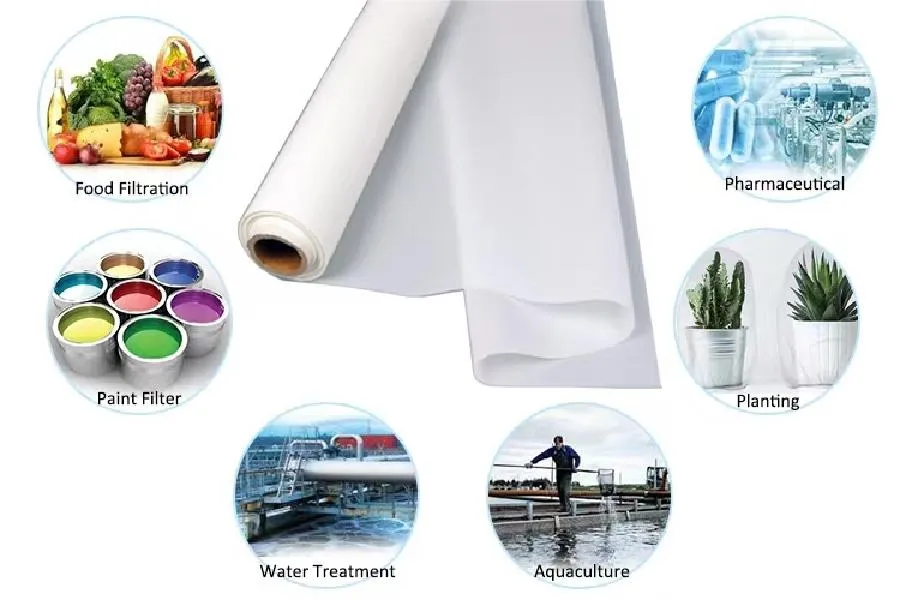-
 Afrikaans
Afrikaans -
 Albanian
Albanian -
 Amharic
Amharic -
 Arabic
Arabic -
 Armenian
Armenian -
 Azerbaijani
Azerbaijani -
 Basque
Basque -
 Belarusian
Belarusian -
 Bengali
Bengali -
 Bosnian
Bosnian -
 Bulgarian
Bulgarian -
 Catalan
Catalan -
 Cebuano
Cebuano -
 China
China -
 Corsican
Corsican -
 Croatian
Croatian -
 Czech
Czech -
 Danish
Danish -
 Dutch
Dutch -
 English
English -
 Esperanto
Esperanto -
 Estonian
Estonian -
 Finnish
Finnish -
 French
French -
 Frisian
Frisian -
 Galician
Galician -
 Georgian
Georgian -
 German
German -
 Greek
Greek -
 Gujarati
Gujarati -
 Haitian Creole
Haitian Creole -
 hausa
hausa -
 hawaiian
hawaiian -
 Hebrew
Hebrew -
 Hindi
Hindi -
 Miao
Miao -
 Hungarian
Hungarian -
 Icelandic
Icelandic -
 igbo
igbo -
 Indonesian
Indonesian -
 irish
irish -
 Italian
Italian -
 Japanese
Japanese -
 Javanese
Javanese -
 Kannada
Kannada -
 kazakh
kazakh -
 Khmer
Khmer -
 Rwandese
Rwandese -
 Korean
Korean -
 Kurdish
Kurdish -
 Kyrgyz
Kyrgyz -
 Lao
Lao -
 Latin
Latin -
 Latvian
Latvian -
 Lithuanian
Lithuanian -
 Luxembourgish
Luxembourgish -
 Macedonian
Macedonian -
 Malgashi
Malgashi -
 Malay
Malay -
 Malayalam
Malayalam -
 Maltese
Maltese -
 Maori
Maori -
 Marathi
Marathi -
 Mongolian
Mongolian -
 Myanmar
Myanmar -
 Nepali
Nepali -
 Norwegian
Norwegian -
 Norwegian
Norwegian -
 Occitan
Occitan -
 Pashto
Pashto -
 Persian
Persian -
 Polish
Polish -
 Portuguese
Portuguese -
 Punjabi
Punjabi -
 Romanian
Romanian -
 Russian
Russian -
 Samoan
Samoan -
 Scottish Gaelic
Scottish Gaelic -
 Serbian
Serbian -
 Sesotho
Sesotho -
 Shona
Shona -
 Sindhi
Sindhi -
 Sinhala
Sinhala -
 Slovak
Slovak -
 Slovenian
Slovenian -
 Somali
Somali -
 Spanish
Spanish -
 Sundanese
Sundanese -
 Swahili
Swahili -
 Swedish
Swedish -
 Tagalog
Tagalog -
 Tajik
Tajik -
 Tamil
Tamil -
 Tatar
Tatar -
 Telugu
Telugu -
 Thai
Thai -
 Turkish
Turkish -
 Turkmen
Turkmen -
 Ukrainian
Ukrainian -
 Urdu
Urdu -
 Uighur
Uighur -
 Uzbek
Uzbek -
 Vietnamese
Vietnamese -
 Welsh
Welsh -
 Bantu
Bantu -
 Yiddish
Yiddish -
 Yoruba
Yoruba -
 Zulu
Zulu
Durable Nylon Insect Mesh for Effective Pest Control in Gardens and Outdoor Spaces
The Benefits and Applications of Nylon Insect Mesh
In various industries and gardening applications, the use of nylon insect mesh has emerged as an effective and versatile solution to protect crops, plants, and other valuables from unwanted pests. This specialized mesh, made from durable nylon fibers, offers a range of benefits that make it an essential component in integrated pest management strategies.
Nylon insect mesh is primarily designed to prevent insects from accessing plants while allowing essential elements such as sunlight, air, and water to penetrate. This balance is crucial for the healthy growth of crops, as many insects can cause significant damage to plants, leading to reduced yield and increased costs for farmers. By using nylon insect mesh, growers can create a protective barrier that reduces the need for chemical pesticides, promoting a more sustainable approach to agriculture.
One of the standout features of nylon insect mesh is its durability. Unlike traditional mesh materials, nylon is resistant to tearing, UV degradation, and various weather conditions, ensuring longevity in outdoor environments. This ruggedness means that growers can invest in this product without worrying about frequent replacements or repairs. Additionally, nylon mesh is available in different grades and densities, allowing users to select the most suitable option based on the type of insects they aim to exclude. For instance, finer meshes can block smaller pests such as aphids and whiteflies, while coarser options may suffice for larger insects like beetles and moths.
nylon insect mesh

Another significant advantage of nylon insect mesh is its lightweight nature. This makes it easy to handle and install, whether it’s being used in commercial farming, hobby gardening, or landscaping projects. The mesh can be used to create temporary structures, such as insect barriers or tunnels over crops, which can be easily dismantled when not in use. Furthermore, the flexibility of nylon allows for custom sizes and shapes to be constructed, catering to a wide array of projects, from vegetable gardens to ornamental flower beds.
In addition to its protective functions, nylon insect mesh contributes to the overall health of ecosystems. By minimizing the use of chemical pesticides, it fosters beneficial insect populations, such as pollinators like bees and natural pest predators. This promotes biodiversity in agricultural landscapes, which is essential for resilient ecosystems. Using nylon insect mesh aligns with the principles of organic farming and environmental stewardship, appealing to consumers who are increasingly concerned about the origins and impacts of their food sources.
Beyond agriculture, nylon insect mesh also finds applications in various other fields. For example, it is widely used in aquaculture to protect fish stocks from predatory birds and other pests. In urban settings, the mesh can be installed in windows and vents to keep insects out while maintaining ventilation and light flow. In architectural projects, it provides a stylish yet functional solution for insect control in outdoor living spaces without compromising aesthetics.
In conclusion, nylon insect mesh stands out as a practical and sustainable option for pest management across multiple settings. Its combination of durability, flexibility, and effectiveness makes it a favored choice among growers, landscapers, and environmental advocates alike. As agriculture continues to evolve towards practices that prioritize ecological balance and sustainability, the role of nylon insect mesh will undoubtedly become more prominent, paving the way for healthier crops and a healthier planet.
-
Shipping Plastic Bags for Every NeedNewsJul.24,2025
-
Safety Netting: Your Shield in ConstructionNewsJul.24,2025
-
Plastic Mesh Netting for Everyday UseNewsJul.24,2025
-
Nylon Netting for Every UseNewsJul.24,2025
-
Mesh Breeder Box for Fish TanksNewsJul.24,2025
-
Expanded Steel Mesh Offers Durable VersatilityNewsJul.24,2025











